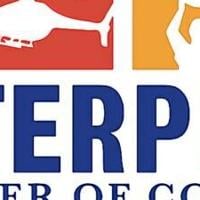
Since ChatGPT arrived in late 2022, large language models (LLMs) have continued to raise the bar for what generative AI systems can accomplish. For example, GPT-3.5, which powered ChatGPT, had an accuracy of 85.5% on common sense reasoning data sets, while GPT-4 in 2023 achieved around 95% accuracy on the same data sets. While GPT-3.5 and GPT-4 primarily focused on text processing, GPT-4o — released in May of 2024 — is multi-modal, allowing it to handle text, images, audio and video.
Despite the impressive advancements by the GPT family of models and other open-source large language models, Gartner, in its hype cycle for artificial intelligence in 2024, notes that “generative AI has passed the peak of inflated expectations, although hype about it continues.” Some reasons for disillusionment include the high costs associated with the GPT family of models, privacy and security concerns regarding data, and issues with model transparency. Small language models with fewer parameters than these LLMs are one potential solution to these challenges.
Smaller language models are easier and less costly to train. Additionally, smaller models can be hosted on-premises, providing better control over the shared data with these language models. One challenge with smaller models is that they tend to be less accurate than their larger counterparts. To harness the strengths of smaller models while mitigating their weaknesses, enterprises are looking at domain-specific small models, which must be accurate only in the specialization and use cases they support. This domain specialization can be enabled by taking a pre-trained small language model and fine-tuning it with domain-specific data or using prompt engineering for additional performance gains.











